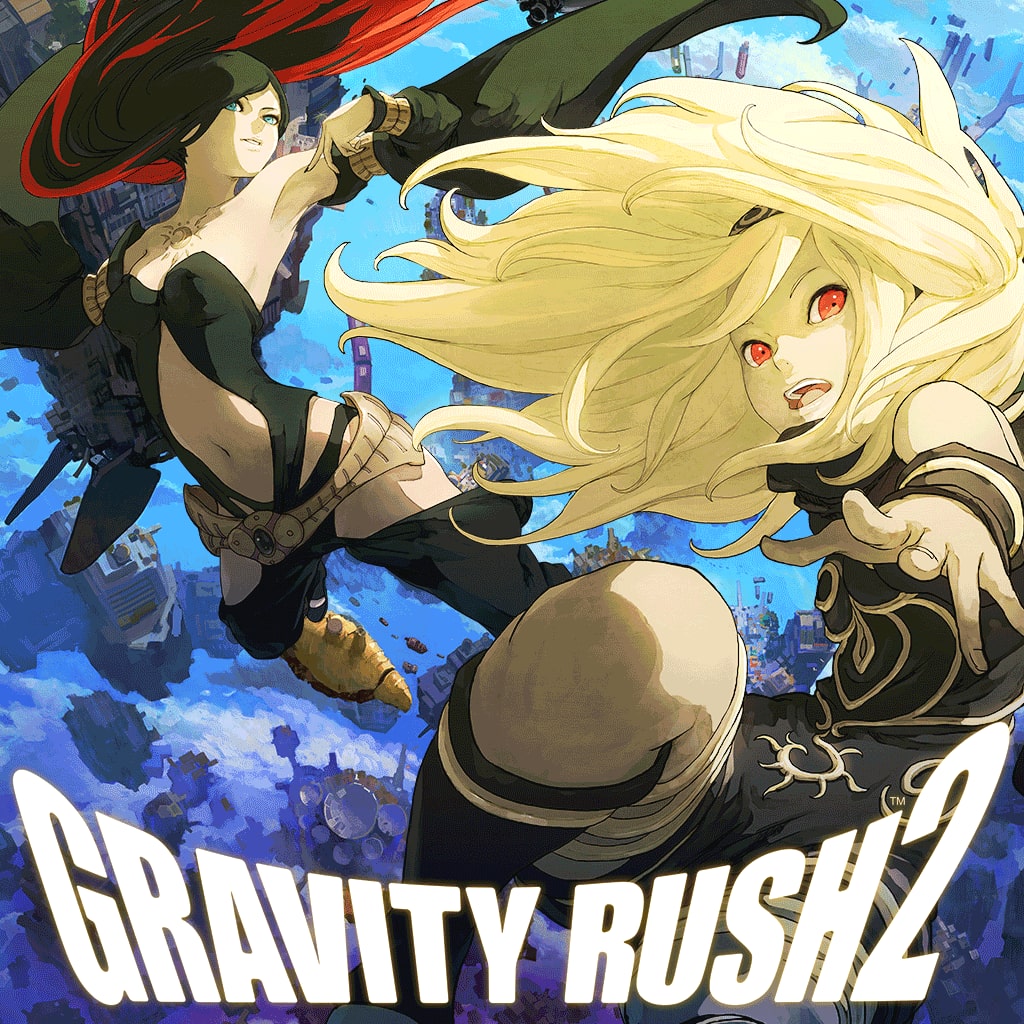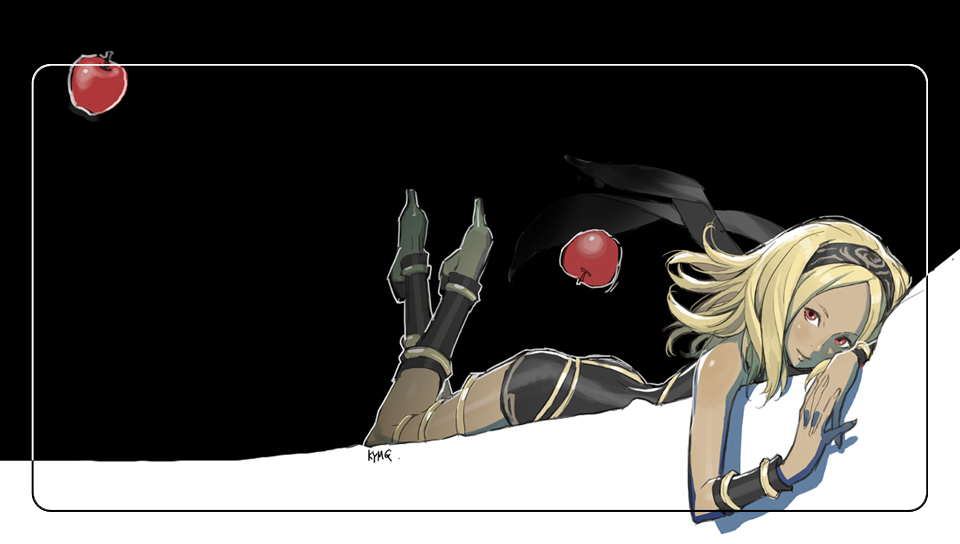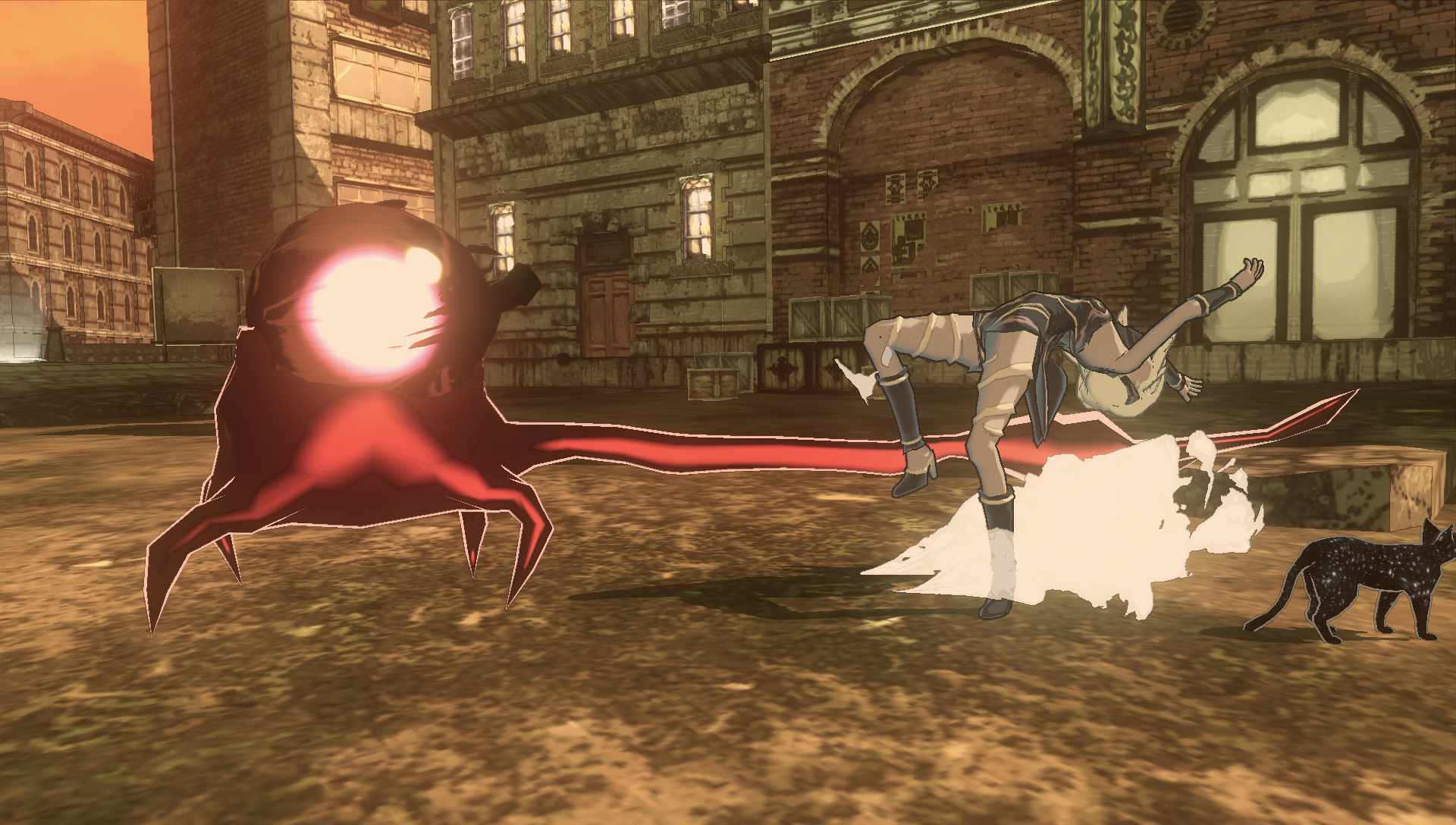



The game is packed with anachronistic mini games and collectibles. The second chapter continues the story from the first game, while the final section delves into Kat’s mysterious past, where the game’s most unforgivably dull and protracted sequences take place. The main story is divided into three chapters, the first of which sees Kat fighting against social inequality in a land where the working classes live in shanty towns literally beneath the rich folk in their gleaming sky-mansions. And there are far too many inexplicable, tedious stealth missions that have no place in a game where the protagonist cannot slow her pace beyond a brisk jog. Most of the dialogue, presented as neat interactive comic strips, exists only for exposition. Much of Kat’s time is spent completing repetitive tasks that feel like chores during the first attempt and drive you to distraction by the 20th. His sequel is packed with anachronistic mini games and collectibles. Toyama pays little heed to the prevailing wisdom of game design.
GRAVITY RUSH VITA MOVIE
Not only do you need to have played the original Gravity Rush to have any hope of understanding the plot, you also need to have watched the two-part anime movie released at the end of last year. Some designers would have used the sequel to clean up the mess left in the wake of the first game not Keiichiro Toyama (the wunderkind behind the game, who also created the first Silent Hill when he was just 21). Things go a little awry, once again, when it comes to storytelling. Kat’s ability to whisk piles of debris into the air and launch them at her enemies feels more intuitive than before, although her main attack, shifting gravity to fall feet first towards her foes, is still prone to sending her hurtling away from the action.
GRAVITY RUSH VITA WINDOWS
Unlike the densely textured world of, say, Arkane’s Dishonored games, Gravity Rush 2 is all surface: nothing but inaccessible, empty polygons lie behind the brightly lit windows and grand facades.Ĭombat has been tightened, with two new gravity “styles” – very heavy and very light – adding variety without overly complicating things. This apparently bustling world does, however, flatter to deceive. Every street is thronged with passers-by who flee in terror whenever Kat comes crashing into their lives, cracking paving slabs as she thuds to the ground. Kat is a wonderful heroine and her joyful tumbling is the perfect way to traverse this world. Every frame is filled with rare and unexpected beauty, from burnt orange sunsets fading behind dizzying skyscrapers to circular rainbows ringing the horizon. The floating islands that make up Kat’s world bring to mind a Studio Ghibli animation.
GRAVITY RUSH VITA PS4
On the Vita, Kat was always straining to escape from the prison of her tiny screen, and the panoramic quality of the PS4 sequel looks glorious. Photograph: Sonyįive years later, Gravity Rush 2 is both a realisation of the first game’s potential and a doubling down on its flaws. It would have been welcome to have more activites throughout town or to be able to interact with the environment in ways beyond simply walking up the walls.Kat is a wonderful heroine and her joyful tumbling is the perfect way to traverse this world. One complaint with the gameplay is that while the environments feature lots of civilians and large cities, there is virtually nothing you can interact with apart from zooming around with your gravity powers. Story-wise the game gets complex, but basically the same event that grants Kat her power also causes some baddies to invade your city. The cut-scenes are told through a type of comic book interface that was pretty original. You can also adjust gravity by moving the PS Vita system itself. You press a button to neutralize gravity then press it again to switch gravity to the direction you are facing. Basically, your character Kat gains the ability to adjust gravity around her immediate person. It's a game that makes a lot more sense when you see it in action as opposed to still images. This PS Vita game is known as Gravity Daze in Japan, where it was released first.


 0 kommentar(er)
0 kommentar(er)
